
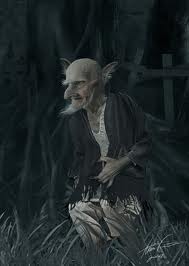
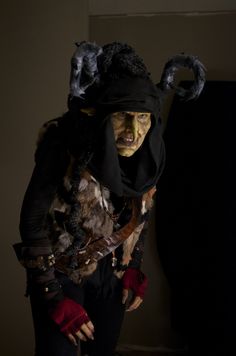

Goblins often get depicted as being evil creatures who often want to cause harm and mischief. While, like any creature, Goblins enjoy a little mischief it does not make them evil. The term Goblin comes from several places but originated from the Greek word Kobalos meaning Rogue or Knave. Alternatively, it may be a diminutive of the proper name Gobel. The suffixing meaning "the people or the kin of", therefor, the people or kin of Gobel.
While several books are written on Goblins, they often depict them as being evil and greedy. Goblins are not evil and are not greedy, they love the simple things in life and often take too much joy in the smaller things. They love being in the woods and away from humans. They are often called caretakers of forests and help things grow from small flowers to large trees. They also can be blamed for moving rocks for the forest floor so the grass underneath can get the light it needs. Goblins will often help someone if they were to get lost in the forest or should they trip. The goblin will often help the person with the injuries or help them find a way out of the forest. They often will not be seen but will move things in place to help someone find their way out. Goblins are rarely seen but they love to help. They get little credit because people always assume the worst in a Goblin. They also have been known to be seen where wild animals gather, and have been known to help animals of all shapes and sizes.
While Goblins most likely will always be seen as evil and greedy creatures, there are always tales proving otherwise. Such tales involve goblins helping some people grow crops that they could not grow. Not to be confused with Pixies. Goblins can not fly and do not have wings. Goblins are often confused as their cousins the Gnome. While Gnomes and Goblins are similar, Gnomes are often seen as garden helpers with the green thumb for those who do not have it.
It is said that Goblins have very strong bonds with woodland creatures, especially wolves. It is said that Goblins and Wolves have a long standing friendship and understanding. The wolf being a loyal creature, calling Goblins family, and the Goblin while not wolf have always been honest and loyal to wolves. The long standing friendship and understanding has no beginning. Such a friendship and understanding also has no end.
While the winds blow and the leaves flow,
The grass turns green in the meadow,
The Goblins play, the wolves do sing,
Both living, in perfect harmony.
(Goblin species include: the Trow, Kobolds, Spriggans, Hobgoblins (not "HoboGoblins), Brownies, Boggarts, Boggies, Bogles, Coblynau, Phooka, Leprechaun and many more.)
There is roughly around 900 species of Goblins, above is just to name a few.
MORE GOBLIN INFO:
It is wise to remember "to know a goblin is to know a mischief or a menace of one sort or another."
The more benign of the species are called hobgoblins and they while mischievous are not vicious or malicious. They relish practical jokes and milder kinds of torment like hiding things and tripping us or the like. Robin Goodfellow, and Puck from Shakespeare's "A Mid Summer Nights Dream" are examples of the hobgoblin.
However, some goblins may be maliciousness and of foul temperament. In short, some are just a nuisance and a bit of a bother while others are evil and ill intentioned and our natural enemy. Goblins are mischievous this is a trait they all share though some are down right evil and malicious, as well. They may materialize in our real world or the faerie world, often troubling both our horizons, mucking about with faerie and human alike as they see fit. They alternate between the planes of the physical and the spiritual. Sometimes they are described as spirits come of faerie land to menace ours and sometimes they are described as real beings of flesh and blood intent on no good to lesser or greater extents in either world depending on the goblin involved. Folktales are full of their mischief though they seemed to have not made their presence felt till the fourteenth century when they were named for the gibhilbereans.
[A group of supporters of the roman emperor who was in disagreement with the pope in an earler time.]
The word Goblin, derives its origins from the Greek word "kobolas" which was adapted by the German people as "kobolds," their word for this entity. However, their goblins or kobolds, are red haired little, old, men with wizened faces and long beards. They are faithful, hardworking servants who enjoy doing household chores and are most useful indoors or out. They happily perform many tasks everything from milking cows to weeding gardens. All they want is some table scraps for their efforts but do not fail them in this regard. They will rail against you. You will find yourself breaking dishes, burning both fingers and food and suffering many other minor catastrophes until you make amends.
Other terms for Goblins include, hobgoblin, orc, boogey man, boggart, hobbart and boggle (bogle).
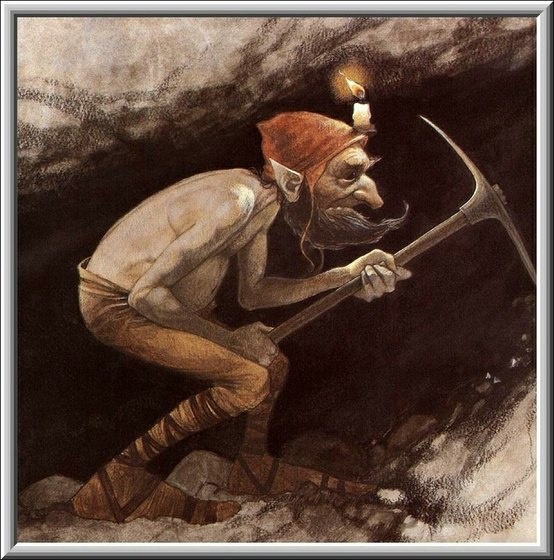
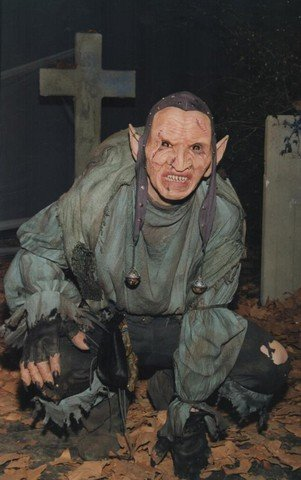
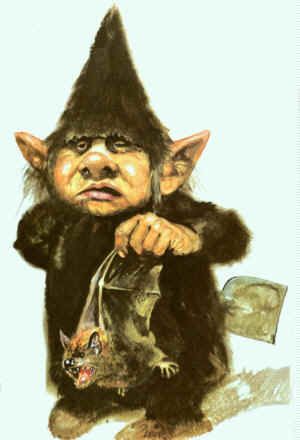

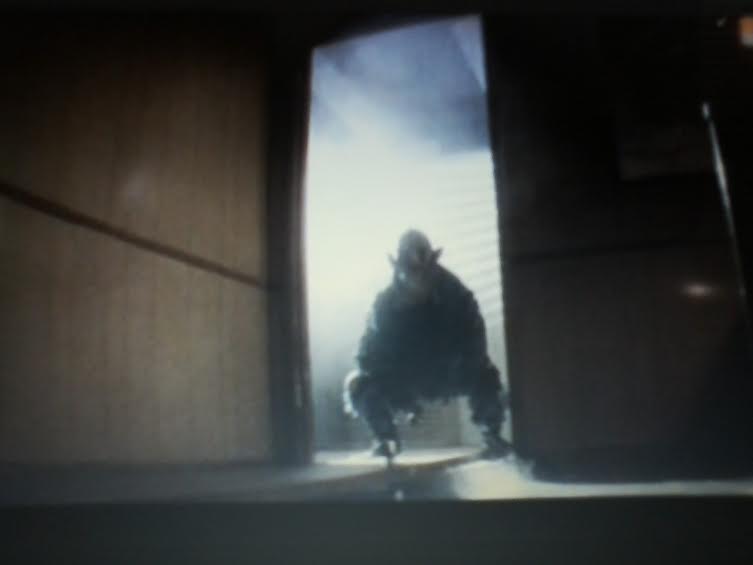
THE CLURICHAUN.#Goblins#Leprechauns#ClurichaunsMost people are familiar with the Leprechaun, but how many know of the Clurichaun?
Not many.
Most also do not realize that the Leprechaun is, in actuality an Irish goblin.
Most people are familiar, more or less, with the legends of the Leprechaun's penchant for having a "pot o' gold" and that if you are lucky enough to capture a Leprechaun it's possible to force him to reveal where his gold is hidden and take it from him.
It's not a very nice thing to do, but some have successfully done so. Others were not so lucky. Some even paid for this act of theft with their lives.
Throughout the centuries the Leprechaun began to get the reputation for being a "cute, happy-go-lucky little guy" but the real legends and accounts do not bear this out. If most knew the real history of the Leprechaun, they wouldn't want to actually meet one, let alone have them market their brand of breakfast cereal.
No, the true Leprechauns of legend have more in common with the creature in the 'LEPRECHAUN' films than they do with what passes for a "Leprechaun", these days.
The true Leprechaun was not a "whimsical" little fellow, standing only a foot tall, as many believe, but often a mean, dwarfish creature (standing anywhere between 2 and 4 feet high) with no mood for "shenanigans". While most Leprechauns don't go out of their way (usually) to harm humans, it was always best advised to steer clear of them.
However, like most goblins, the Leprechaun could be benign to humans and even perform in the position of a hobgoblin and do chores for kindly humans on their farms and/or around the house. But mostly they made shoes. Usually just one shoe and rarely a pair.
This is where the Clurichaun comes in.
After a day's labor, be it making shoes or working on a human homestead, when night fell the Leprechaun would turn into the Clurichaun. In this form he was the most like a "classical" goblin, making mischief and running amok. But normally this was in the form of raiding people's wine cellars, getting totally drunk and then going on wild joyrides on the backs of a farmer's sheep and occasionally a prize horse. When morning returned, the Clurichaun returned, once again to his role of Leprechaun and the entire cycle began a-new.
Like most goblins, Leprechauns slept (mostly) during the day. Most likely throughout the morning, then getting to work on farm chores or footwear in the early afternoon.
Article written by: GrimGoblin
Posted by: Crow (Varju)